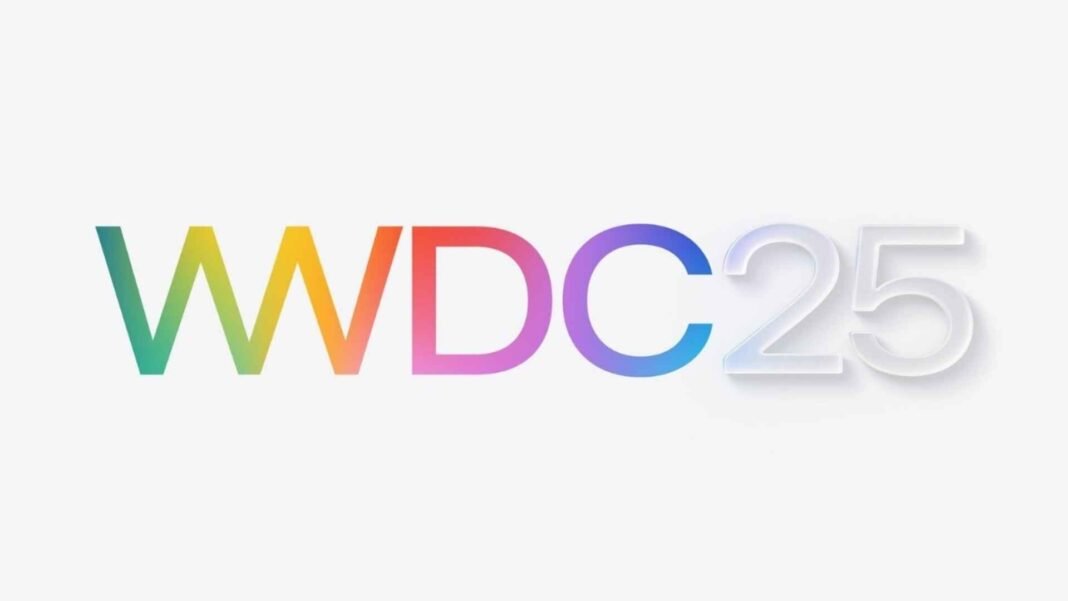Switching careers can be an exciting yet challenging journey. One of the biggest hurdles career switchers face is acing behavioral interview questions, which focus on how you’ve handled real-life work situations in the past. These questions are designed to assess your skills, adaptability, and potential fit for the new role. As a career switcher, you must tailor your responses to highlight transferable skills and demonstrate your ability to succeed in a new industry.
Understanding Behavioral Interview Questions
Behavioral interview questions typically start with phrases like “Tell me about a time when…” or “Describe a situation where…”. Employers use these questions to evaluate soft skills such as problem-solving, teamwork, adaptability, and leadership. Unlike situational questions that ask about hypothetical scenarios, behavioral questions require you to draw from past experiences.
Common Examples of Behavioral Questions:
- “Tell me about a time you faced a significant challenge and how you resolved it.”
- “Describe a situation where you had to adapt to a major change at work.”
- “Can you share an example of when you worked with a difficult colleague?”
For career switchers, these questions can feel daunting because your past experiences may not directly align with the new industry. However, with the right approach, you can turn this into an opportunity to showcase your versatility.
Why the STAR Method May Not Be Enough
The STAR method (Situation, Task, Action, Result) is a popular framework for answering behavioral questions. It helps structure responses by outlining:
- The Situation: Set the context.
- The Task: Explain your role.
- The Action: Describe what you did.
- The Result: Highlight the outcome.
While effective for many candidates, the STAR method has limitations for career switchers. It focuses heavily on past achievements within the same field and may not fully convey how your skills translate to a new industry.
Introducing the CARL Framework for Career Switchers
For those transitioning careers, the CARL framework (Challenge, Action, Result, Learning) offers a more tailored approach:
- Challenge: Describe the problem or situation.
- Action: Explain what steps you took.
- Result: Share measurable outcomes.
- Learning: Highlight what you learned and how it applies to the new role.
The inclusion of “Learning” is particularly valuable for career switchers as it emphasizes growth and adaptability—qualities employers value highly.
Steps to Answer Behavioral Questions Effectively
1. Identify Transferable Skills
Review the job description and identify skills that overlap with your previous roles. For example:
- Leadership
- Communication
- Problem-solving
- Project management
Even if your experience is in a different field, these skills are often applicable across industries.
2. Prepare Relevant Stories
Think of specific examples from your past that demonstrate transferable skills. Use the CARL framework to structure these stories in advance.
Example:
Question: “Tell me about a time you had to adapt to change.”
Answer (CARL):
- Challenge: “In my previous role as a teacher, our school introduced a new digital grading system mid-semester.”
- Action: “I quickly learned the software through online tutorials and organized training sessions for my colleagues.”
- Result: “Within two weeks, our team was using the system efficiently, reducing grading errors by 20%.”
- Learning: “This experience taught me how to quickly adapt to new technologies—an essential skill I can bring to this marketing role.”
3. Focus on Impact
Employers want to see results. Quantify your achievements wherever possible (e.g., increased sales by 15%, reduced costs by 10%).
4. Emphasize Growth
As a career switcher, highlight how challenges have helped you grow professionally. This reassures employers that you’re adaptable and eager to learn.
Strategies for Different Types of Behavioral Questions
1. Adaptability Questions
These assess how well you handle change, a key trait for career switchers.
- Example Question: “Describe a time when you had to learn something completely new.”
- Tip: Focus on how quickly you adapted and applied your learning.
2. Problem-Solving Questions
These evaluate critical thinking and decision-making skills.
- Example Question: “Tell me about a time when you resolved a difficult issue at work.”
- Tip: Highlight creative solutions that demonstrate resourcefulness.
3. Teamwork Questions
These explore your ability to collaborate effectively.
- Example Question: “Can you share an example of working with diverse teams?”
- Tip: Emphasize communication and conflict resolution skills.
Common Mistakes to Avoid
- Being Too Vague
Provide specific details rather than general statements.
- Focusing Only on Technical Skills
Behavioral questions often target soft skills like communication and leadership.
- Ignoring Relevance
Tailor your answers to align with the job requirements in the new industry.
- Skipping the “Learning” Element
For career switchers, showing what you’ve learned from past experiences is crucial.
Practice Makes Perfect
Rehearse your answers with a friend or mentor who can provide feedback. Pay attention to tone and body language during practice sessions—they matter as much as your words.
Answering behavioral interview questions as a career switcher requires preparation and strategy. By using frameworks like CARL and focusing on transferable skills, you can turn potential challenges into opportunities to impress employers. Remember, every story you share should demonstrate not just what you’ve done but also what you’ve learned—and how it makes you an ideal candidate for this new chapter in your career journey.
With preparation and confidence, behavioral interviews can become less intimidating and more empowering—a chance for you to shine as both an experienced professional and an adaptable learner ready for growth in any field!






